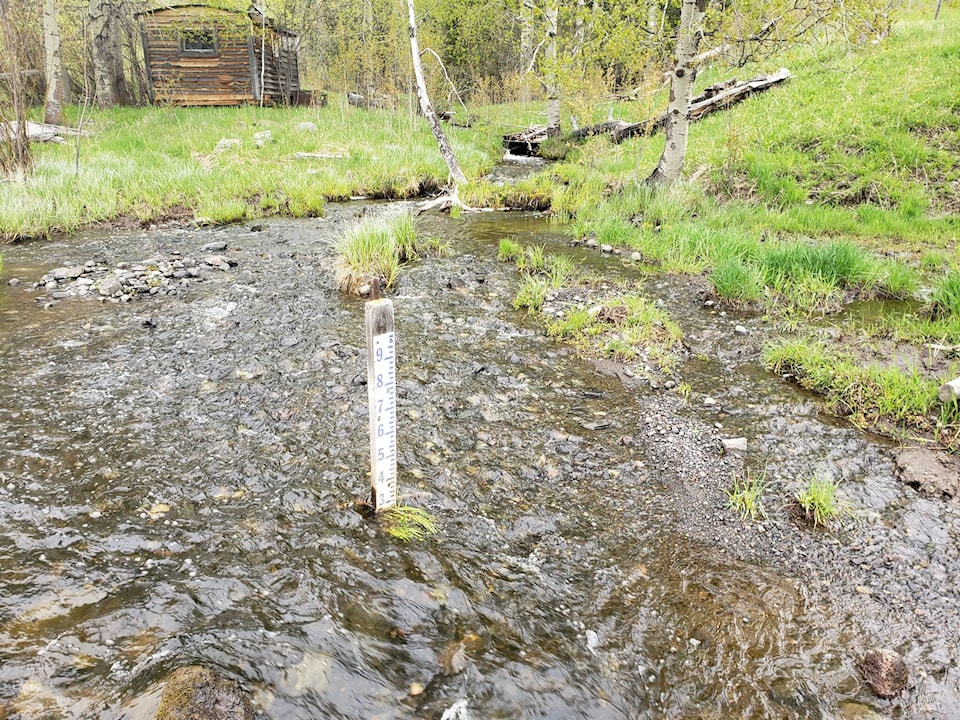Every bird has a different song.
More than just pretty music, bird song is a complex form of communication that biologists are still trying to fully understand, biologist Ken Mackenzie said.
The Sandhill Crane, for instance, gives an eerie bugle when the “two legs” - humans - are near, he said. Various species of woodpecker have different knocks, varying in length and tempo, depending on whether they are trying to attract a mate or protect their territory.
Song is also important in species identification.
“Flycatchers are so similar in appearance,” Mackenzie said, that when you identify them, “most of it you do by song.”
Mackenzie, along with Kristi Iverson, was sharing their knowledge at the annual Bird and Botany Walk last Sunday. Twenty people braved chilly temperatures for the walk, which offers a comprehensive look into the birds and plants of the Southern Cariboo, particularly around the Horse Lake Community Farm Co-op.
Mackenzie didn’t know what to expect, noting last year they saw 30 bird species but on one particularly hot year, only 13 species showed themselves. Other years, there were as many as 40.
The walk started at a pond, where Mackenzie differentiated between the various bird calls and explained how the specific sounds have different meanings.
At one point, he left the path to run his hands along the bark of a tree, pointing out a nest cavity higher up the trunk.
“If you rub your hands along the tree the noise might get them to stick their heads out,” Mackenzie said.
A short time later Mackenzie mentioned a unique defense used by the Red Breasted Nuthatch. Their beaks are not strong like a woodpecker. To make up for this they often nest in soft snags making them an easier target for predators. As a defense, they line the nest cavity with sap, spoiling the taste of the eggs.
He and Iverson have been leading the walk for around 12 years, taking it over from previous birder Tom Godin. Iverson added the botany component to share her love of plants.
As the walk continued down to the lake, Iverson said that while the forest here is not known for rare plants, the grasslands along the Fraser River are very unique to our area.
“We have a great diversity of forest systems in a relatively short distance plus our lakes and wetlands.”
fiona.grisswell@100milefreepress.net
Like us on Facebook and follow us on Twitter
